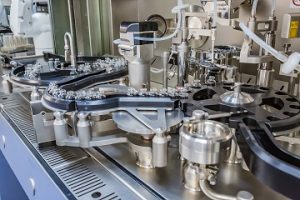In August 2020 the normative standard for Europe EN 17141, Cleanrooms and associated controlled environments – Biocontamination control, was issued. It essentially replaces the existing European Standards (EN) ISO 14698-1:2003 and (EN) ISO 14698-2:2003 within the European Standards community countries and is associated with the cleanroom standard ISO 14644-1:2015, Cleanrooms and associated controlled environments – Part 1 Classification of air cleanliness by particle concentration. Globally, ISO 14698 –1&2:2003 are still valid and applicable.
There are two sections to the new European standard, EN 17141:
- Normative: Those parts that are prescriptive. They should be followed to demonstrate compliance with the standard.
- Informative: Those parts that are descriptive. They aid the reader understand the concepts presented in the standard.
The normative chapters describe the establishment of microbiological control, in identifying the risks associated with environments and processes and how to ally a monitoring plan to those identified risks. Those aspects are covered in a separate technical review. The informative chapters offer guidance on how to apply the monitoring plans to meet specific regulated industrial applications. The standard is also very clear that additional regulatory requirements may be made on these industries by local and international regulatory bodies. It is the Informative Annexes E and F that identify the apparatus that can be used to measure within these applications. Guidance is given on selecting the most suitable solution for an application and verifying and/or validating their suitability.
Read this paper to learn more about:
- d50 efficiency calculations
- a comparison of ISO 14698-1/2:2003 to EN 17141:2020
- requirements of volumetric air samplers
Learn more… Complete the form to download the full paper.


